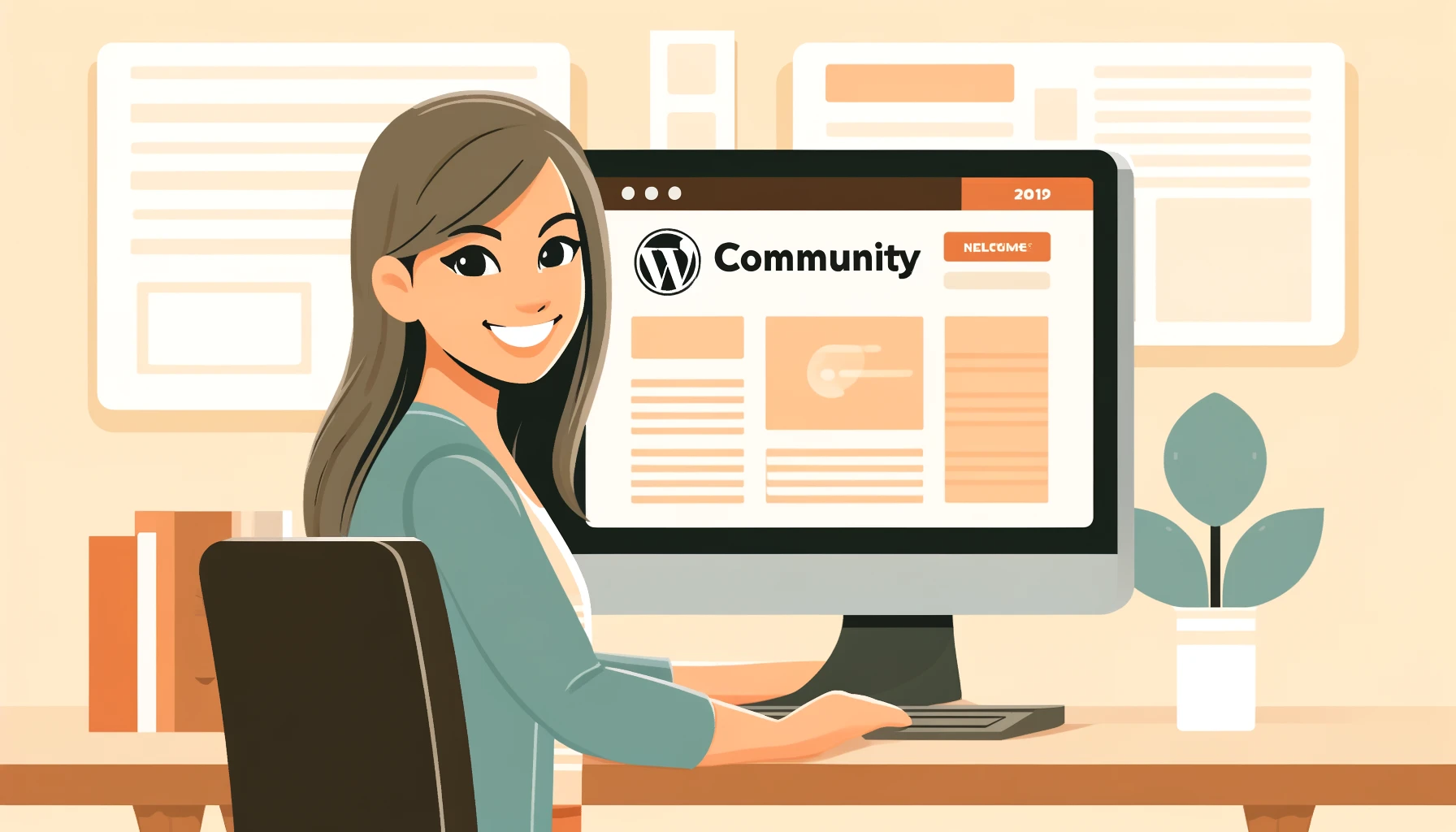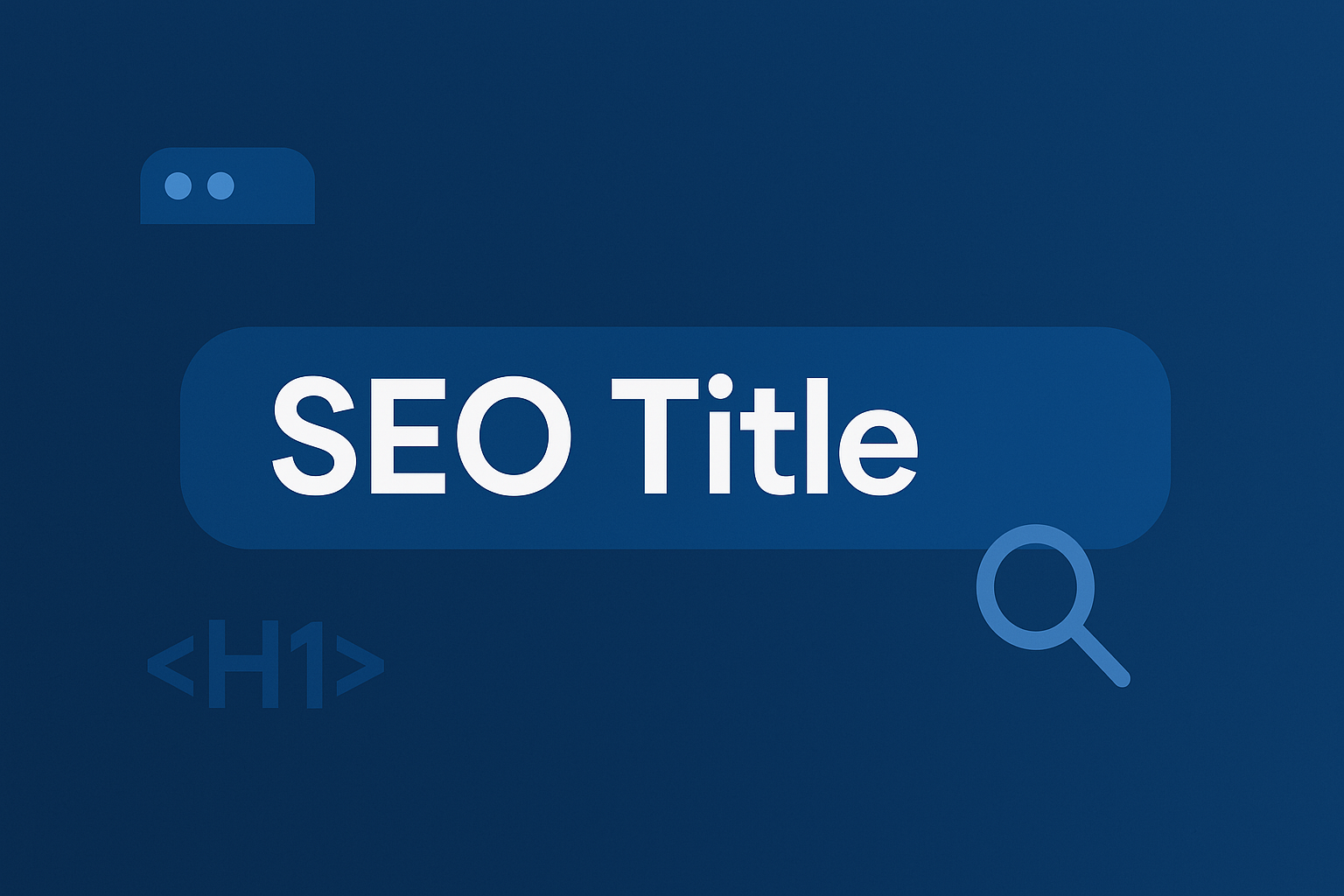Table of Contents
- Introduction
- What is on-page SEO?
- Difference between on-page SEO and other aspects of SEO
- Contents optimization
- Improved user experience (UX)
- Optimization of meta tags
- Internal interlinking strategies
- Using structured data and schema.org
- FAQ: Frequently asked questions about On-Page SEO
- Conclusions
Introduction
On-page SEO is a fundamental pillar in the world of digital marketing. I had previously developed a checklist for on-page SEO on WordPress sites . Today I want to return to the topic of onpage SEO to delve deeper into some activities that we still believe are crucial for good organic positioning.
Being directly under the control of the webmaster , on-page SEO techniques play a crucial role in optimizing the site for search engines, with the aim of improving visibility and ranking in SERPs (Search Engine Results Pages).
What is on-page SEO?
On-page SEO is the set of optimization techniques applied directly within a website to improve its visibility and positioning in search engines.
This type of SEO focuses on aspects that the site owner can directly control, such as the quality and organization of the content, the optimization of meta tags (titles and descriptions), the use of correct HTML tags, the optimization of images, and the implementation of an effective and easy to navigate URL structure.
Difference between on-page SEO and other aspects of SEO
On-page SEO clearly differs from other aspects of SEO, such as off-page SEO and technical SEO:
- Off-page SEO: Refers to all optimization strategies that occur outside the website, primarily through link building from other sites. It also includes aspects like social media marketing and brand mentions, which can indirectly influence a site’s ranking.
- Technical SEO: Covers the optimization of website infrastructure, such as page loading speed, mobile compatibility, site security (HTTPS), site architecture, and the use of sitemap files and robots. txt. These factors influence the ability of search engines to effectively access, interpret and index the site.
The key distinction between on-page SEO and other types of SEO is that on-page SEO deals with the content and internal appearance of the site, while off-page SEO focuses on external relationships and technical SEO focuses on technical foundations of the site.
All three aspects are crucial to an effective overall SEO strategy and must be balanced to achieve the best search engine results.
Contents optimization
- Use of long tail keywords: Integrating long tail keywords into your content helps you target specific niches and capture qualified traffic. These keys tend to have less competition and higher purchase intent. Here is the link to learn more about the concept of long tail keywords .
- Structuring content with effective header tags: The intelligent use of header tags (H1, H2, H3) organizes the content so that it is easy to read for both users and search engines, also improving accessibility points.
- Inserting synonyms and related terms: Rich semantics help Google better understand the context of your site, increasing your chances of ranking for a variety of related terms.
- Use of multimedia content: Integrating images, videos and infographics can reduce the bounce rate and increase the time spent on the site, positive signs for search engines.

Improved user experience (UX)
- Page loading speed: A fast site improves the user experience and is favored in search engine rankings.
- Mobile-friendly responsive design: With the increase in mobile device usage, having a site that adapts to all screen sizes is essential.
- Ease of navigation: A clear and logical structure helps users easily find what they are looking for, reducing frustration and improving engagement.
- Implementing schema markup: Enriched results can increase CTR and provide useful information directly in SERPs, improving visibility.
Optimization of meta tags
- Meta title tag: It must be eye-catching and include the main keyword preferably at the beginning. At the following link you will find more information on how to create an effective SEO title .
- Optimized meta description: A well-written meta description acts as an “advertisement” for the page, improving the click-through rate (CTR) from the SERPs. At the following link you will find more information on the “description” meta tag .
- Use of specific meta tags: Tags like “robots” and “canonical” guide search engines on how to treat your site’s pages, preventing duplicate content issues.
Internal interlinking strategies
- Importance of internal link building: A good internal link network can distribute page authority throughout the site, improving the ranking of key pages. At the following link you will find more information on what a link is .
- Techniques for effective anchoring text: Anchoring text should be natural and relevant, helping search engines understand the context of the links.
- Balance between outbound and internal links: Maintain a balance between links that point to other pages on your site and those that direct to external sites.
Using structured data and schema.org
- Benefits of Structured Data: Structured data allows search engines to not only index your site, but to understand and classify it better.
- Examples of how to implement schema markup: Implementing markup for articles, products, reviews, and events can increase your chances of getting rich results. Learn more at Schema.org .
- Tools and resources: Use tools like Google’s Structured Data Testing Tool to verify successful implementation.
Not yet one of our SEO clients? Request a quote now!
MONTHLY PAYMENTS AND PAY ONLY IF YOU ARE SATISFIED.
FAQ: Frequently asked questions about On-Page SEO
- What are long-tail keywords? Long-tail keywords are longer, more specific phrases, typically made up of three or more words. They are often used to target more defined niches and have less competition than shorter keywords.
- How can I improve the loading speed of my site? To improve loading speed, optimize images, minimize CSS, JavaScript and HTML code, use content delivery network (CDN) and choose quality hosting.
- Why is responsive design important for SEO? A responsive design improves user experience on mobile and desktop. Since Google uses mobile-first indexing, having a mobile-friendly site is crucial for good rankings.
- What is a meta title tag and why is it important? The title meta tag is the HTML element that specifies the title of a web page. It’s important because it’s often used as a title in search results and is one of the main factors search engines use to determine the theme of a page.
- How does internal interlinking work and why is it important? Internal interlinking involves creating links between pages on the same site. It helps distribute page authority throughout the site and improves usability for users by allowing them to easily navigate between related pages.
- What is structured data and how can it improve SEO? Structured data is a markup format that informs search engines about the structure of the site’s content. They can improve SEO by making it easier for search engines to index and understand your content, often resulting in better display in search results.
- What tools can I use to test my site’s on-page SEO? Tools like Google Search Console , PageSpeed Insights , and SEMrush offer in-depth analysis and suggestions for improving various aspects of your site’s on-page SEO.
Conclusions
Staying up to date with the latest on-page SEO techniques is essential for anyone who wants to maintain or improve their position in search results.
Dopstart normally uses these techniques for its customers.
By strategically implementing the techniques discussed, webmasters can significantly influence their rankings and attract more qualified traffic to their site.












